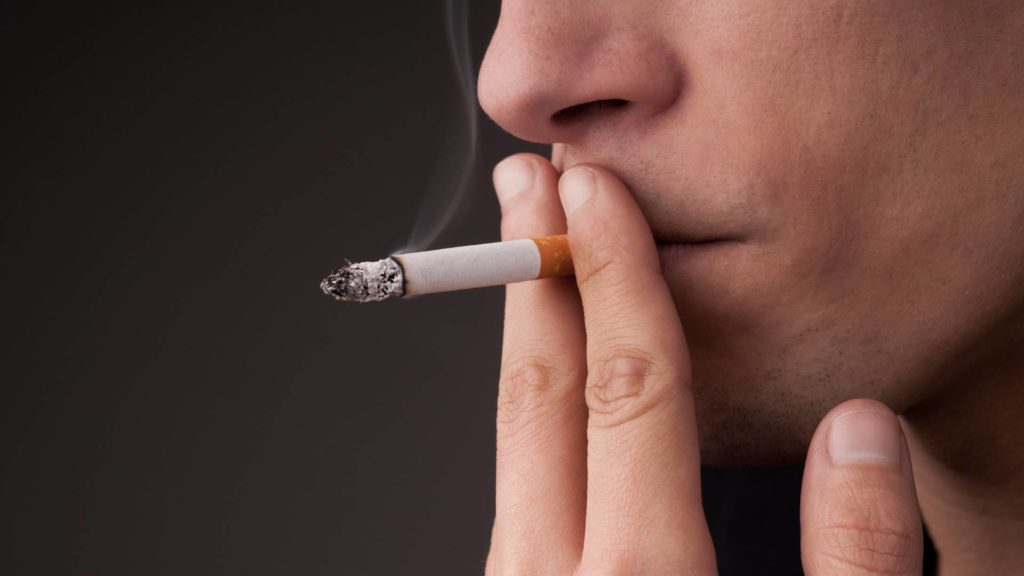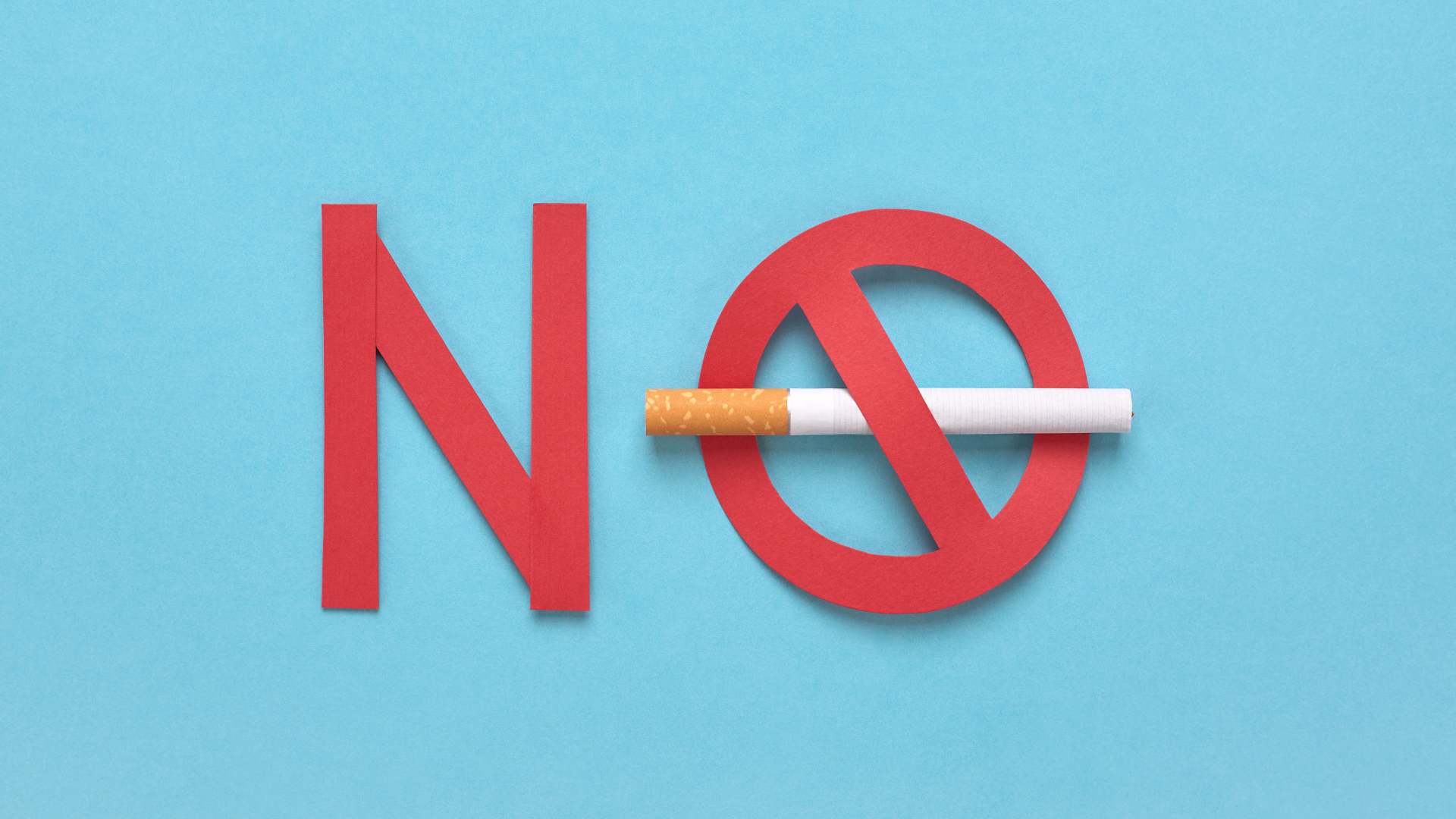Achieving long-term smoking cessation is no easy feat, and frequently requires the assistance of a treatment course to attain. Which option has been found to be the best treatment to quit smoking? Read on to find out.
Nicotine, the active ingredient in tobacco, binds with the brain’s nicotinic cholinergic receptors, releasing a mood-elevating neurotransmitter called acetylcholine.
Though inhaling nicotine induces a pleasurable sensation, its tolerance causes the smoker to seek out greater and greater amounts to attain the same level of satisfaction. Refraining from a dosage increase causes extremely unpleasant feelings of irritability and anxiety.
Due to its highly addictive nature, nicotine causes one third of those who smoke even once to become regular tobacco users. The vast majority of individuals who attempt to quit their smoking addiction relapse, with only 7% managing to do so.

13.7% of the world’s adult population are considered smokers, with men smoking at a slightly higher rate than women (15.6% vs. 12.0%, respectively). According to the Center for Disease Control (CDC), 40 million US adults and 4.7 US middle and high schoolers use tobacco products, such as cigarettes, cigars and chewing tobacco. A more recent development, electronic cigarettes (e-cigarettes) deliver nicotine in aerosol form, as a vapor. Though some research has shown that switching to e-cigarettes helps those looking to quit smoking cigarettes eventually defeat their nicotine addiction altogether, the health effects of e-cigarettes remain unclear. Furthermore, many of those who begin using e-cigarettes (vaping), end up doing so in addition to, and not instead of regular cigarettes.
Smoking constitutes the leading cause of avoidable illness, disability, and death in the US. Close to half a million Americans die from smoking-related issues, and another 16 million face an ongoing smoking-related health concern. Globally, 7 million individuals die each year.
Among the most common smoking-related illnesses are cancer, heart disease, diabetes, stroke, lung diseases, and chronic obstructive pulmonary disease (COPD). Among males, smoking is also a known cause of erectile dysfunction. To treat these and other smoking concerns, the US alone spends $170 million a year to treat smoking addiction.
In addition to the detrimental effects, tobacco inhalation has on the smokers themselves, second-hand smoke also poses a serious health risk. The CDC stresses there is no amount of second-hand smoke that is considered safe; like direct smoking, second-hand smoke exposes individuals to hundreds of toxic chemicals and over 70 carcinogens.
Thankfully, with the increased awareness of the harmful effects of smoking, together with the passing of smoking-free areas and restrictions on the selling and usage of tobacco products, the rates of both direct and second-hand smoking rates in the West have decreased. However, in light of these changes, tobacco companies have turned their attention to developing countries, where lax smoking regulations continue to exist.

The concept of the “best” or ideal smoking cessation treatment can be better understood by looking at two major parameters: efficacy rate and time to take effect. A third important factor to consider is its tolerability (i.e., how adverse its possible side effects can be).
In terms of efficacy, numerous studies have found varenicline (sold under the brand name Chantix), one of two FDA-approved smoking cessation medications, to be the most effective treatment. By binding to the brain’s nicotinergic receptors, varenicline both facilitates a reduction in the severity of nicotine withdrawal symptoms (such as craving and moodiness) and prevents nicotine from releasing the pleasure-inducing acetylcholine upon smoking. Together, this form of medication helps soothe the withdrawal process while detaching the act of smoking from the enjoyable context that had caused the addiction in the first place. Side effects of this medication can include nausea, difficulty sleeping, vivid dreams, constipation, diarrhea, dry mouth, and headaches.
A second FDA-approved medication, bupropion (sold under the brand name Zyban), also manages to reduce nicotine withdrawal symptoms. It is also used as an antidepressant, particularly when treating major depressive disorder (MDD). Unlike varenicline, though, the exact process by which bupropion works to facilitate smoking cessation is yet unclear. And while both have been found to help sustain long-term smoking efficacy, bupropion is considered less effective than varenicline in its ability to do so. Bupropion side effects include dry mouth and insomnia.
In terms of fast-acting results, nicotine replacement therapy (NRT) options have been shown to quickly cut down withdrawal severity, halving smokers’ relapse rates. While nicotine patches can take up to 12 hours to reach the peak of their efficacy, other forms of nicotine replacement products, such as gum, lozenges, inhalers, and nasal spray have been shown to provide relief within 20-30 minutes. On the other hand, the effects of patches can last for a longer period of time, with 24-hour patches currently available. NRTs are also FDA-approved as a safe and effective smoking cessation treatment and are mostly recommended during the first 4-12 weeks of the cessation process. NRT side effects can include jaw pain, heartburn, nausea, nasal and throat irritation, coughing, and sneezing.
In terms of tolerability, Deep TMS has become an increasingly popular option. The FDA-cleared treatment utilizes electromagnetic fields to safely and effectively regulate the neural activity of brain structures found to take part in the development of smoking addiction and the facilitation of its cessation. The non-invasive treatment option has been shown to significantly reduce the severity of the cessation process, without causing any major or long-lasting side effects, beyond a fleeting, local and generally tolerable headache. This allows patients who undergo Deep TMS treatment to see it through, as they gradually wean themselves off nicotine. This treatment has also been FDA-cleared to treat depression and obsessive-compulsive disorder, in addition to being CE-marked in Europe to treat these and several other mental health and neurological conditions.
